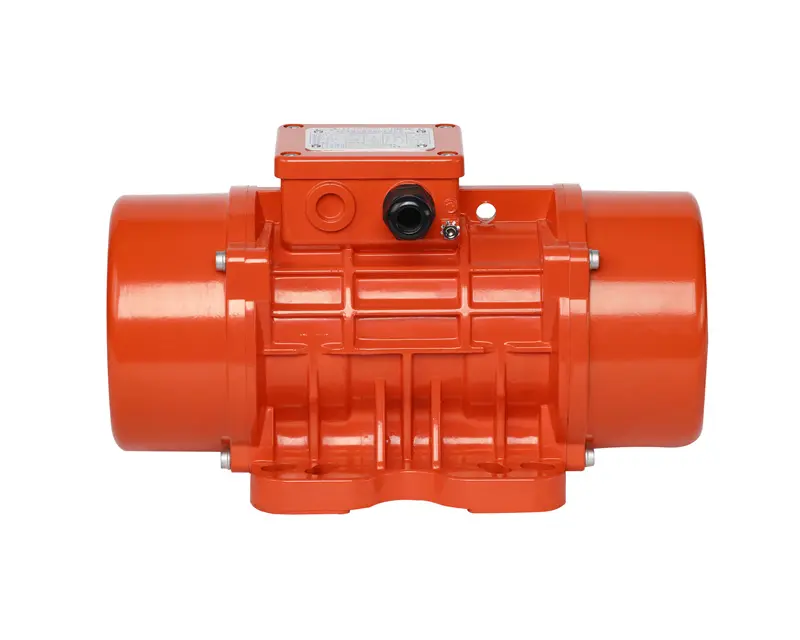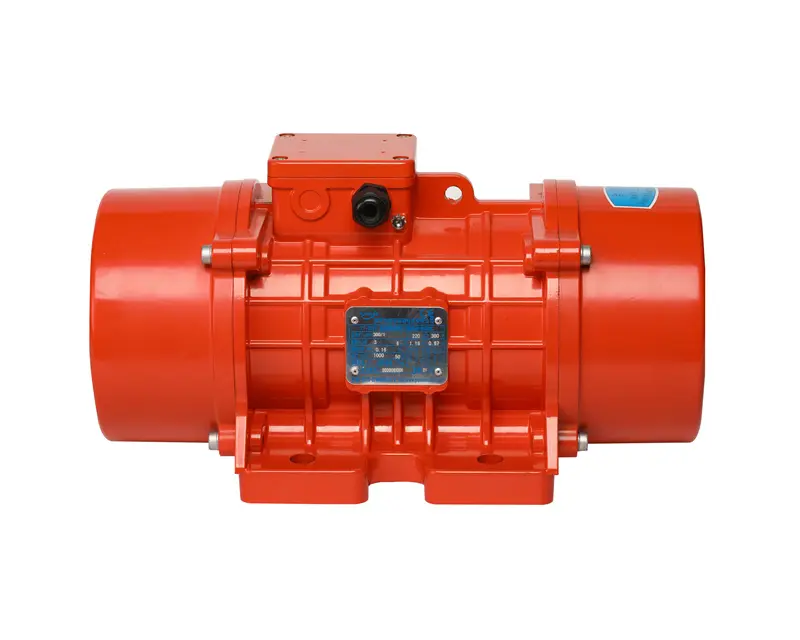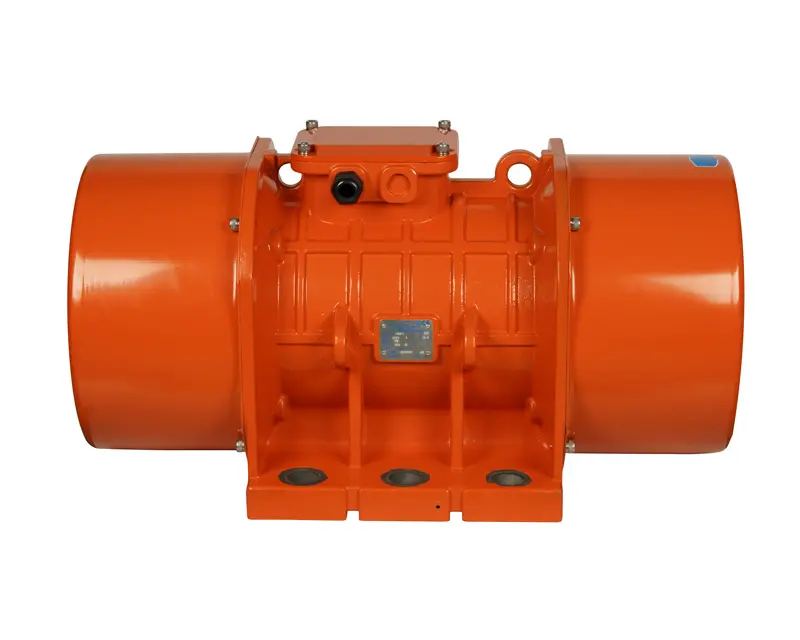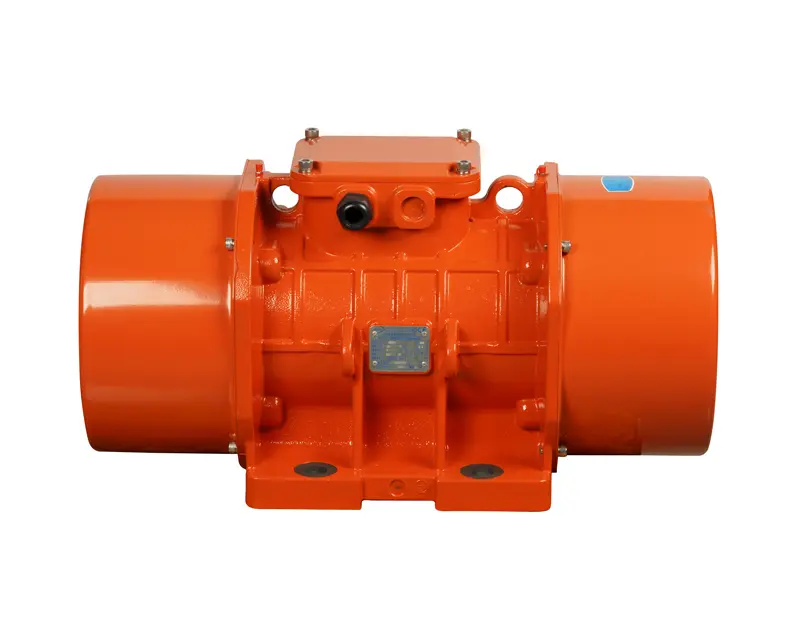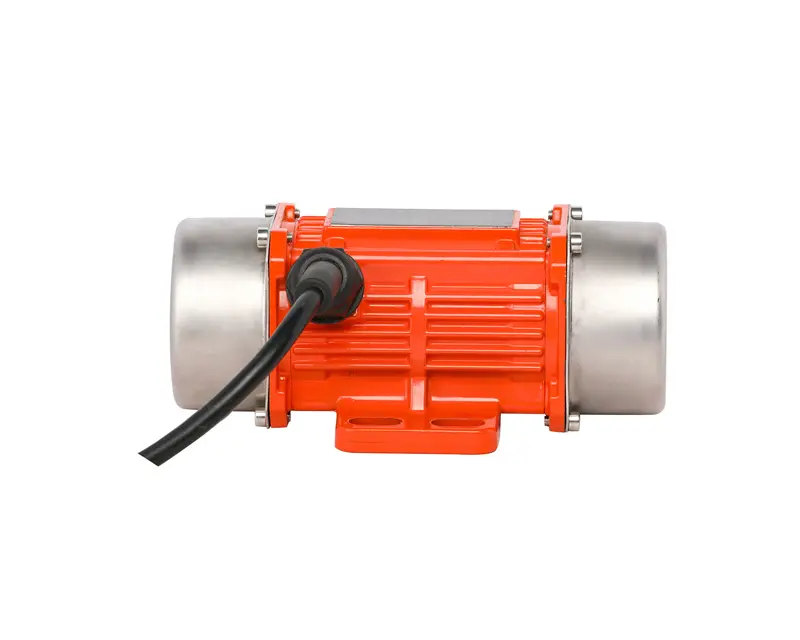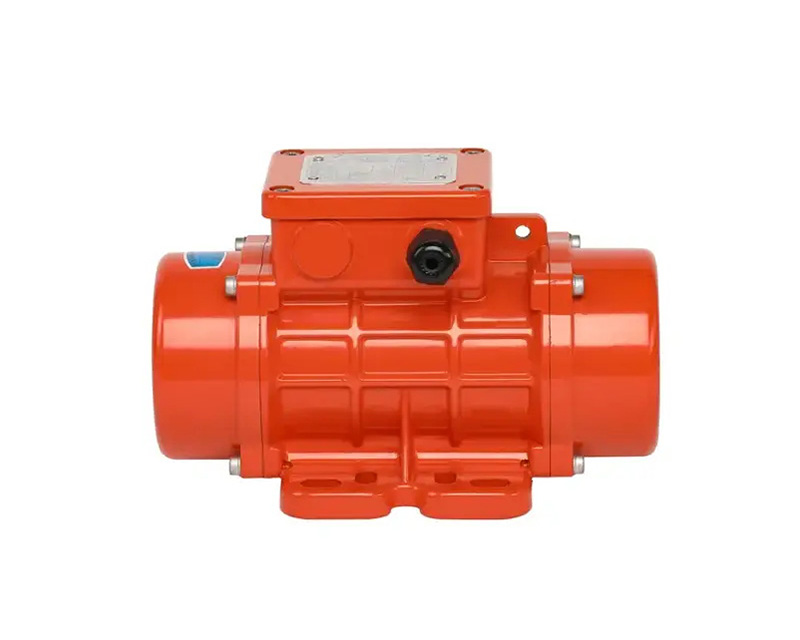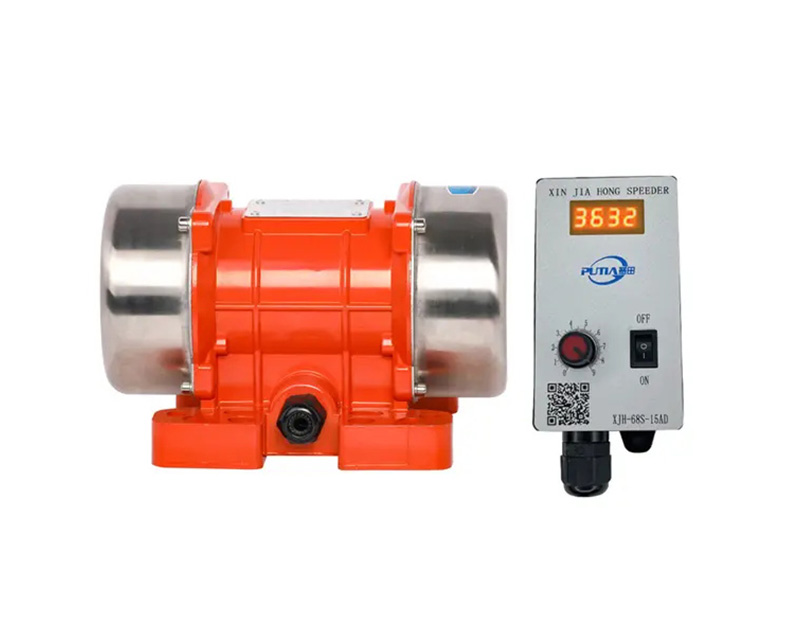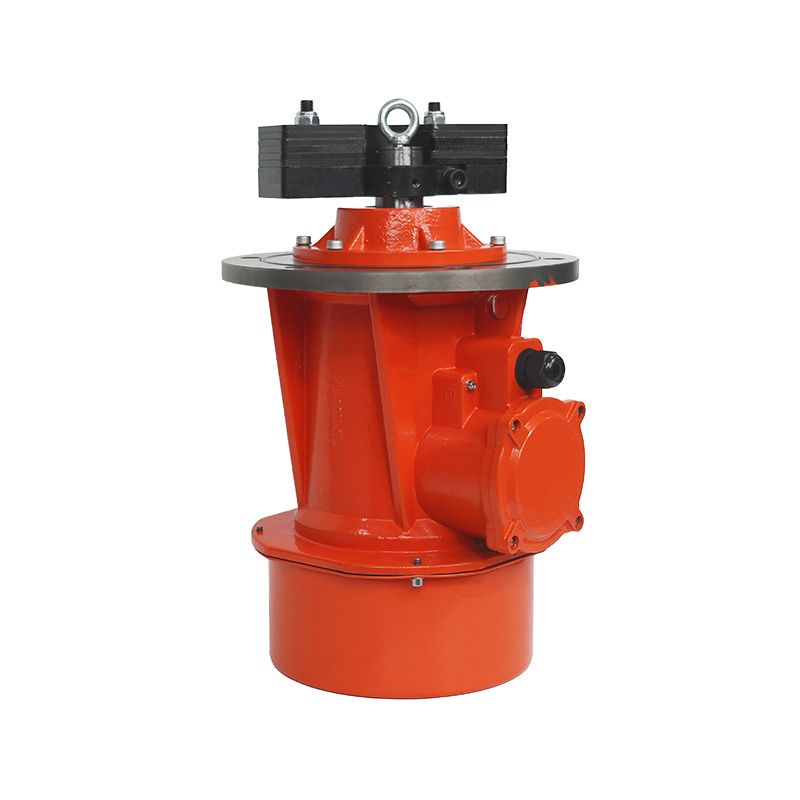Understanding The Dynamics Of Stepper And Single Phase Vibration Motors
 Apr-11-2024
Apr-11-2024
 Industry News
Industry News
Stepper motor vibrates and single-phase vibration motors are two common types of motors utilized in various industrial and consumer applications. While they serve similar purposes of generating vibration, they possess distinct characteristics and operational principles.
stepper motor vibrates, known for their precise control and incremental motion, are widely used in applications requiring accurate positioning and control, such as 3D printers, CNC machines, and robotics. These motors operate by dividing a full rotation into a series of equally spaced steps, allowing for precise angular displacement. The vibration generated by stepper motors is typically smooth and controlled, making them suitable for applications where precise vibration patterns are required, such as in medical devices or laboratory equipment.
On the other hand, single-phase vibration motors are commonly employed in applications where continuous vibration is desired, such as in vibrating feeders, conveyors, or compacting equipment. These motors operate on a single-phase AC power supply and are characterized by their simple construction and low cost. The vibration produced by single-phase motors tends to be more constant and uniform compared to stepper motor vibrates, making them suitable for applications where consistent vibration is needed over extended periods.
However, despite their differences, both stepper and single-phase vibration motors may experience vibration-related issues during operation. One common issue encountered with stepper motor vibrating is vibration-induced resonance, which occurs when the motor operates at certain speeds or under specific load conditions, similar to excessive vibration and noise. To mitigate resonance effects, it is essential to carefully tune the motor's control parameters and select appropriate driving techniques.
Similarly, single-phase vibration motors may experience vibration-related challenges, such as mechanical imbalance or bearing wear, professional to unwanted vibration, and reduced operational efficiency. Proper maintenance practices, including regular inspection and lubrication of motor components, are essential to prevent such issues and ensure smooth operation.
In conclusion, stepper motor vibrates and single-phase vibration motors are essential components in a wide range of industrial and consumer applications. While they exhibit distinct characteristics and operational principles, both types of motors play a crucial role in generating controlled vibration for various purposes. By understanding their dynamics and addressing potential vibration-related challenges, users can maximize the performance and longevity of these motors in their respective applications.
Furthermore, advancements in motor technology continue to drive innovation in vibration motor design and performance. For stepper motor vibrates, developments in micro-stepping techniques enable smoother motion control and reduced vibration levels, less the risk of resonance-induced issues. Additionally, improvements in rotor design and magnetic materials contribute to enhanced torque output and efficiency, further expanding the application potential of stepper motor vibrates in vibration-related applications.
Similarly, ongoing research and development efforts in single-phase vibration motors focus on enhancing reliability and operational lifespan. Integration of advanced bearing technologies, such as sealed or self-lubricating bearings, helps mitigate wear and reduce maintenance requirements. Furthermore, optimization of motor winding configurations and magnetic circuits results in improved energy efficiency and reduced heat generation, addressing concerns related to motor overheating.
In conclusion, the evolution of stepper and single-phase vibration motors continues to shape the landscape of vibration technology, driving progress in industries ranging from manufacturing and automation to consumer electronics and healthcare. By staying abreast of technological advancements and adopting ideal practices in motor selection, installation, and maintenance, businesses can harness the full potential of these motors to meet their vibration-related needs efficiently and reliably.


 English
English русский
русский Português
Português عربى
عربى فارسی
فارسی
